
HIGHLIGHTS
The pallu is neatly tucked over the shoulder and saree pleats are pushed backwards, the above style of saree draping is Coorg style of adorning saree.
The above style reflects the unusually beautiful culture of Coorg.
__________
Coorgi saree hails form the neighbouring state of Karnataka and it is very popular across the globe for its unique draping style.
While wearing the saree in this style, pallu is neatly tucked over the shoulder and saree pleats are pushed backwards, this one is also called Kodagu style saree or kodava Attire.
Along with this saree, women of Coor wear a piece of cloth which looks similar to the saree on their head, called vastra.
Origin
The origin of Coorgi saree is associated with a mythological tale of the great sage Agasthya and his wife Cauvery. The legend has it, that Cauvery transformed self in a river so that, she can serve people. The sage Agasthya tried his best to stop his wife from transforming herself into a river in the process her saree pleats were pushed back. It was from that time that women from Coorg wear saris in this manner.
Why Coorg women prefer this style?
One of three reason, the fable of Sage Agasthya and his consort Cauvery is an inspiration for the women in Coorg to drape their saris in Kodagu style. Another main reason for them to wear their sari is, they feel comfortable and make it convenient for them to move around in the hilly slopes of the area and even climb trees.
The Kodagu style draping is unique
The above style reflects the unusually beautiful culture of Coorg. The pleats of the sari, which are usually in the front in other saree, here, they are tucked at the backside of the waist. Similarly, the pallu of the saree too is draped from rear to front tucked neatly over the shoulder. These look apt when work in lustrous fabrics such as silk, satin or cotton for crisp pleating.
Originally, coton fabric was used to tie the above style of saree. But, when the British people annexed Coorg, they brought numerous changes to the Coorgi sari and the style of stitching. The blouse or jacket, which is worn beneath the sari also witnessed few changes from time to time and even the neckline changed and band collar and high neckline was introduced. Fabrics such as velvet and satin and silk were also experimented with.
The coorgi sari is coupled with blouse or jacket that is available in different styles. A veil or vastra (head scarf) is added in case of a bride. There is a petticoat along with another undergarment of calf length, which is usually made using cotton wool, Coorg being usually cold.
Be it a small celebration to one own’s wedding, kodava attire is worn by every women with great pride.
These sarees are made using different kind of fabrics, which make them ideal for every season or occasion. Mostly wedding attire, the brides in Coorg wear a red colored Kodagu style saree made with golden dots and she combines it with a red blouse and a red head scarf . Accessorized well with tradtional gold jewelry and shoes and socks. The kodava attire is unique on its own.
source: http://www.thehansindia.com / The Hans India / Home> Life & Style> Fashion / by Mary Sagaya / Hans News Service / February 07th, 2023
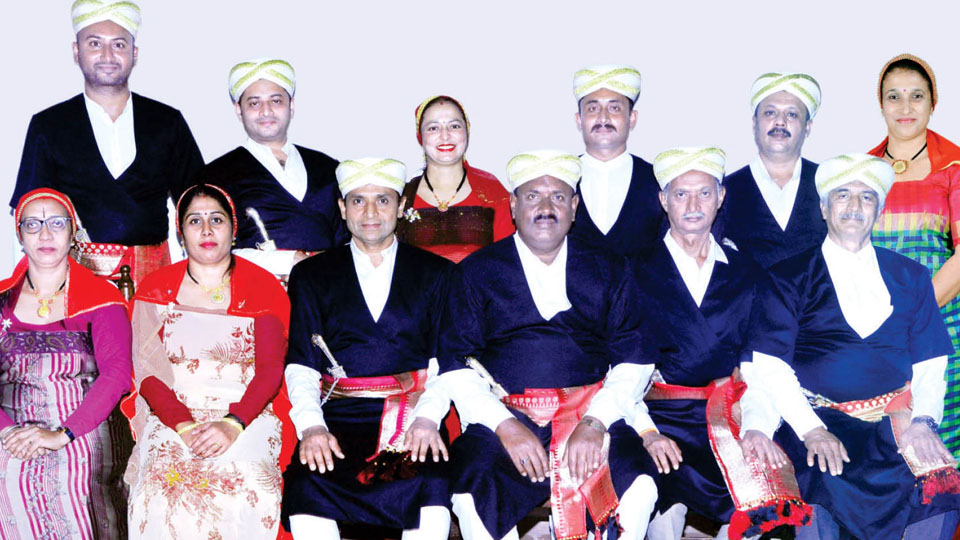
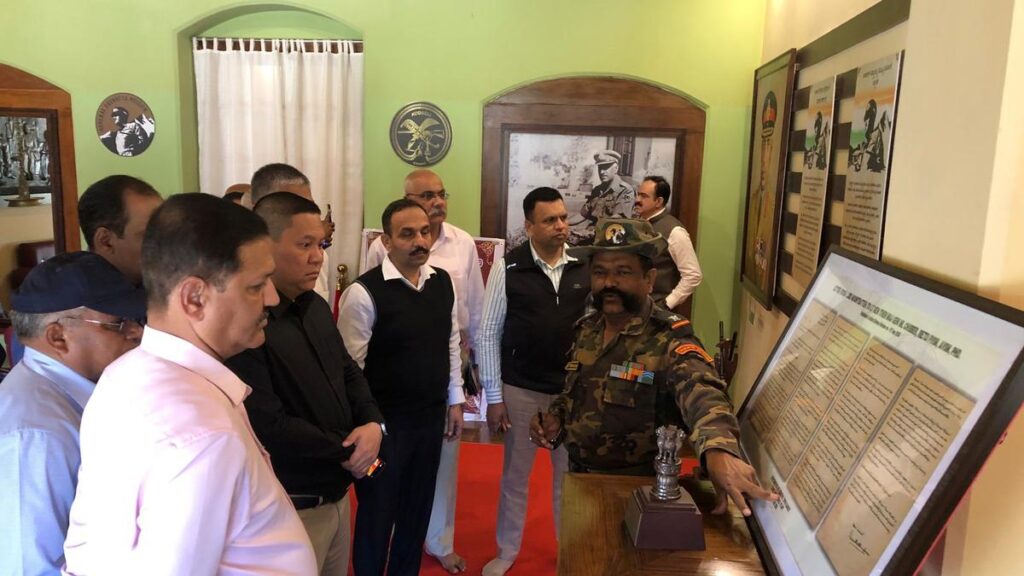
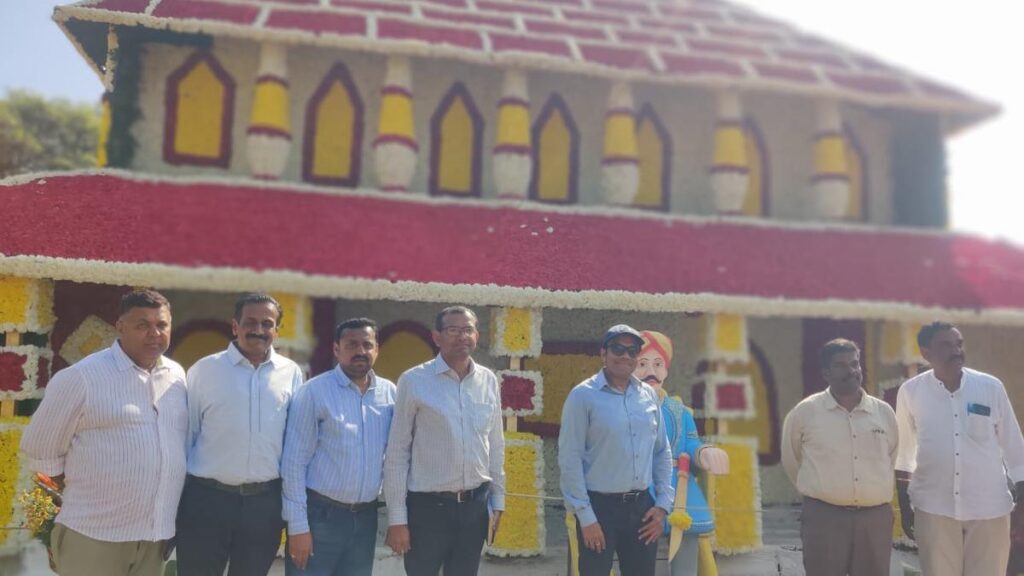

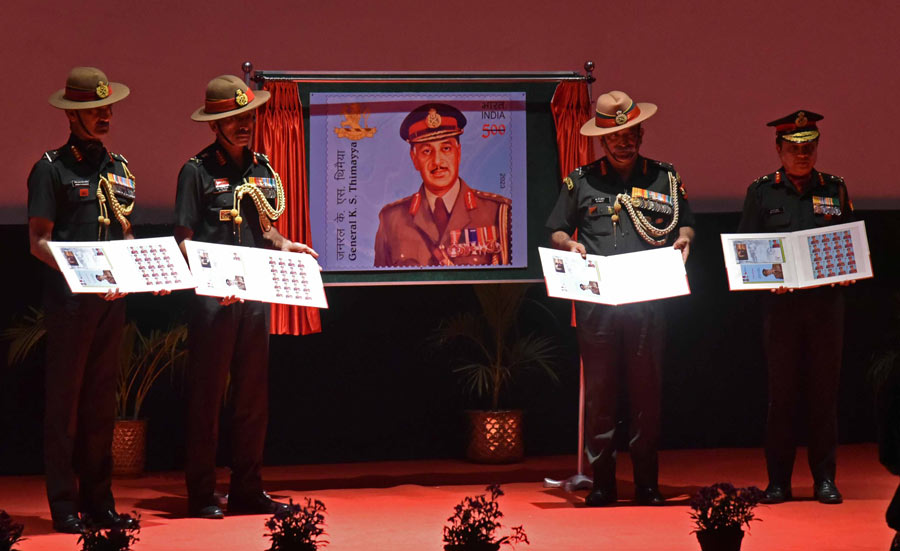




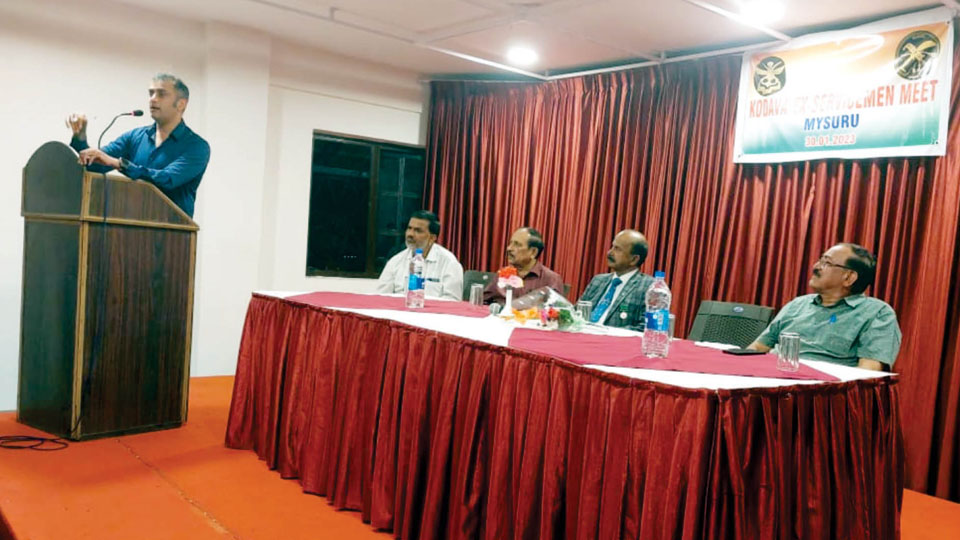


.jpg?w=640&dpr=1.0)

